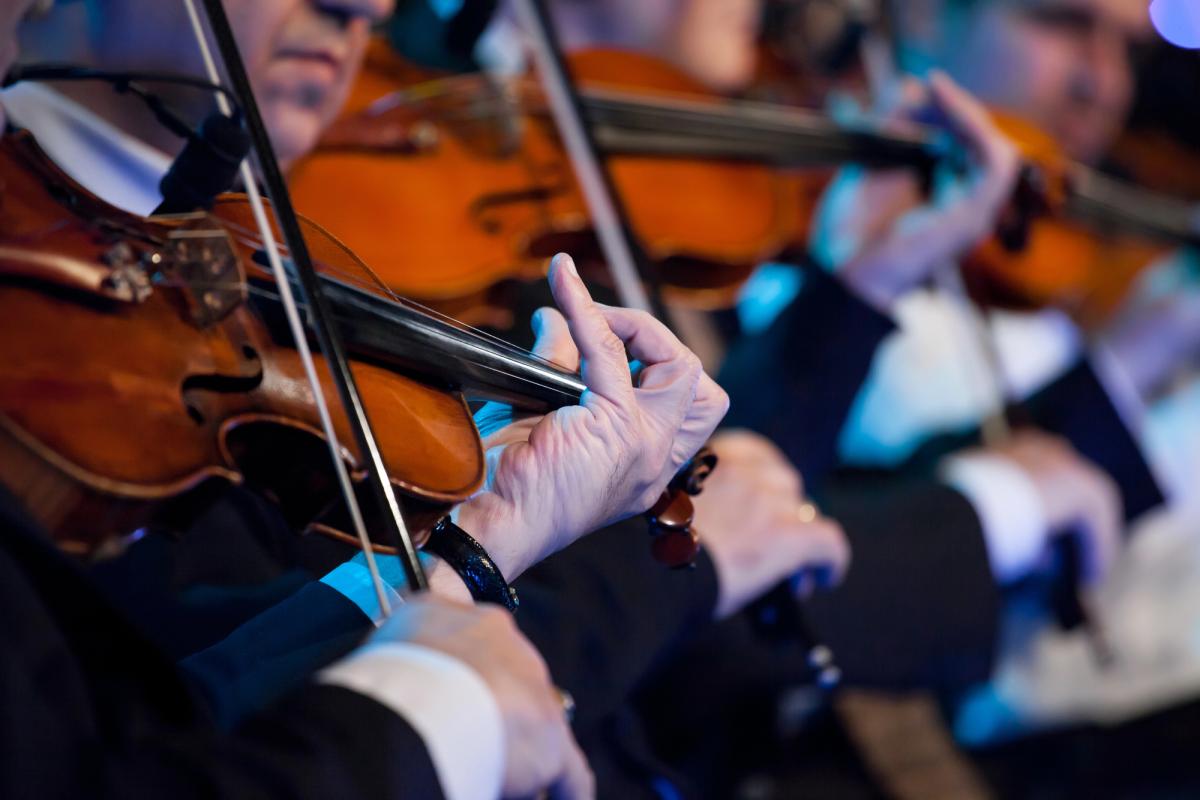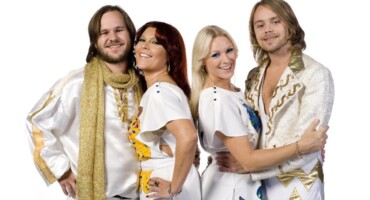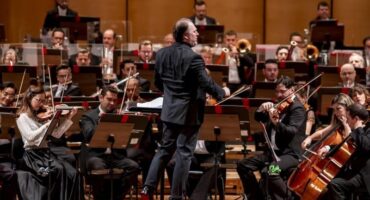From the first chords sung in public spaces to the grandiose productions on contemporary stages, concerts have played a fundamental role in the history of music.
In this article, we will delve into the fascinating evolution of concertos over the centuries, exploring its humble origins, its highlights and the transformations that shaped this art form to the present day.
Origins of Concerts: A Journey to Antiquity
The concertos have deep roots in the history of humanity, dating back to ancient times when Greek and Roman civilizations held musical performances in public spaces, such as open-air theaters and amphitheaters.
These presentations, often accompanied by dance and drama, celebrated culture and community, providing entertainment for the masses.
The Baroque Era and the Emergence of the Concerto as a Distinct Genre
It was during the Baroque period that the concerto began to stand out as a distinct musical genre..
Composers such as Antonio Vivaldi and Johann Sebastian Bach were pioneers in composing works for solo instruments accompanied by an orchestra, establishing the basic structure of the concerto we know today.
These works, often characterized by contrasting movements and instrumental virtuosity, reflected the growing emphasis on individual expression and instrumental technique.
The Classical Era: The Rise of the Concert as Popular Entertainment
In the classical period, the concert flourished as a form of popular entertainment, with composers such as Wolfgang Amadeus Mozart and Ludwig van Beethoven producing a number of memorable piano works, violin and other solo instruments.
Concerts were often held in newly established concert halls in large urban centers, attracting increasingly larger and diverse audiences.
Romanticism and Virtuosism: Concerts as Featured Shows
The 19th century saw an explosion of instrumental virtuosity and a renewed emphasis on emotional expression in music.
Composers such as Franz Liszt and Niccolò Paganini became true stars of the stage, captivating audiences with his virtuosic and emotive performances.
Concerts have become true highlight shows, with soloists and orchestras competing for audience attention in packed concert halls across Europe.
The 20th Century and Beyond: Exploring New Sound Horizons
The 20th century witnessed a wide range of experimentation in the form and content of concerts.
Composers such as Igor Stravinsky and Arnold Schoenberg challenged established conventions, exploring new harmonic and structural approaches.
Meanwhile, The advent of recording and amplification technology opened up new possibilities for live performance, allowing concerts to reach a global audience through radio and television.
The Current State of Concerts: A Symphony of Diversity and Innovation
As we enter the 21st century, concerts continue to thrive, driven by an ever-increasing diversity of musical styles and an explosion of technological innovations.
In this section, we will explore how concerts have adapted to modern times, embracing new forms of presentation, interaction and engagement with the public.
1. Musical and Cultural Diversity
One of the most striking characteristics of the current state of concerts is the musical and cultural diversity that permeates the music scene..
While traditional classical concerts still have a special place in concert halls, a multitude of musical genres, including rock, pop, hip-hop, jazz, electronics and world music, finds space in a wide range of locations, from intimate clubs to packed arenas.
This diversity reflects not only the variety of public tastes and musical preferences, but also the desire to celebrate and explore different cultural and artistic expressions.
Sign up to receive Event News
and the Universe of Arts first!
2. New Spaces and Presentation Formats
As concerts expand beyond traditional concert halls, new spaces and presentation formats emerge to offer unique and immersive musical experiences.
Outdoor concerts in parks, squares and stadiums became popular during the warmer months, offering the opportunity to enjoy live music in a casual, relaxed atmosphere.
In addition, unconventional locations, like abandoned warehouses, art galleries and even churches, are often transformed into improvised concert spaces, challenging expectations and inspiring new forms of creativity and interaction.
3. Technology and Innovation in Live Performance
The advancement of technology has fundamentally transformed the experience of attending a live concert, offering new possibilities for performance, production and interaction with the public.
State-of-the-art sound and lighting equipment creates immersive, atmospheric environments, while LED screens and mapped projections add stunning visual elements to performances.
In addition, virtual reality and augmented reality are emerging as powerful tools for creating fully immersive concert experiences, allowing audiences to be transported to virtual worlds where they can interact with the artists and each other in entirely new ways.
4. Audience Engagement and Social Interaction
Modern concerts are not just limited to music; they are engaging social and cultural experiences that encourage active audience engagement.
From social media apps dedicated to live events to augmented reality experiences that transform audiences into active participants in the performance, contemporary concerts are exploring new ways to engage and connect audiences.
In addition, initiatives such as meet and greets, Autograph sessions and networking events give fans the opportunity to interact in person with their favorite artists, creating lasting bonds and unforgettable memories.
Conclusion
The evolution of concerts throughout history is a story of innovation, creativity and resilience.
From its modest origins to today's elaborate productions, concerts continue to captivate and inspire audiences around the world.
By honoring and celebrating this rich musical tradition, we continue to perpetuate the beauty and power of live music in all its forms and manifestations.





A apreciação da música nos mais variados formatos em um Concerto, faz bem para a mente, nossa evolução cultural, desperta-nos as emoções mais profundas e faz bem à alma…